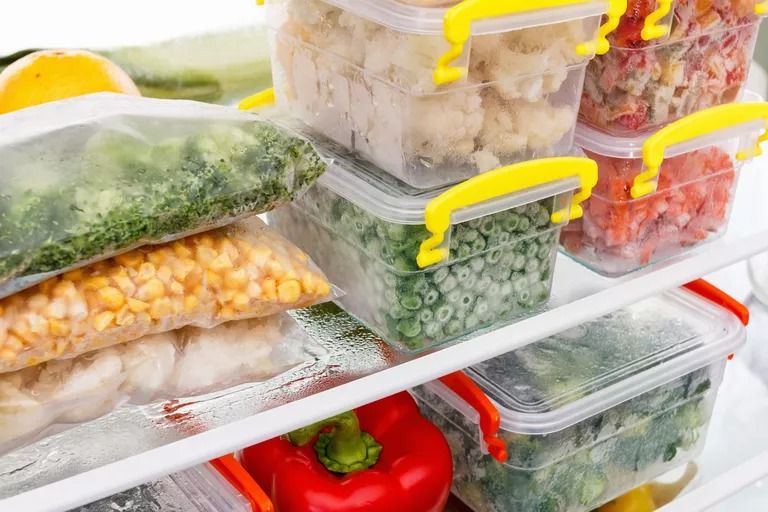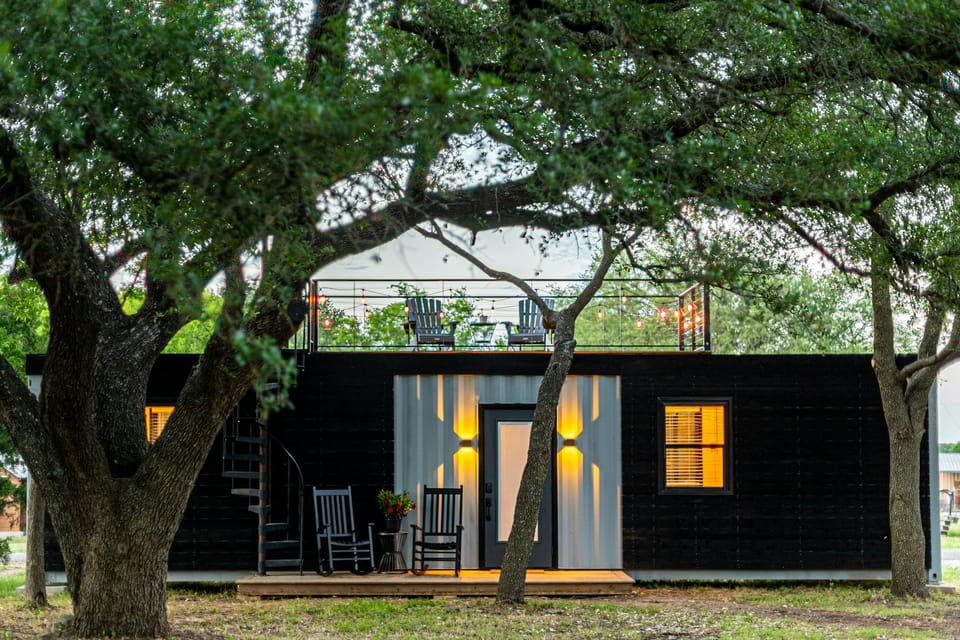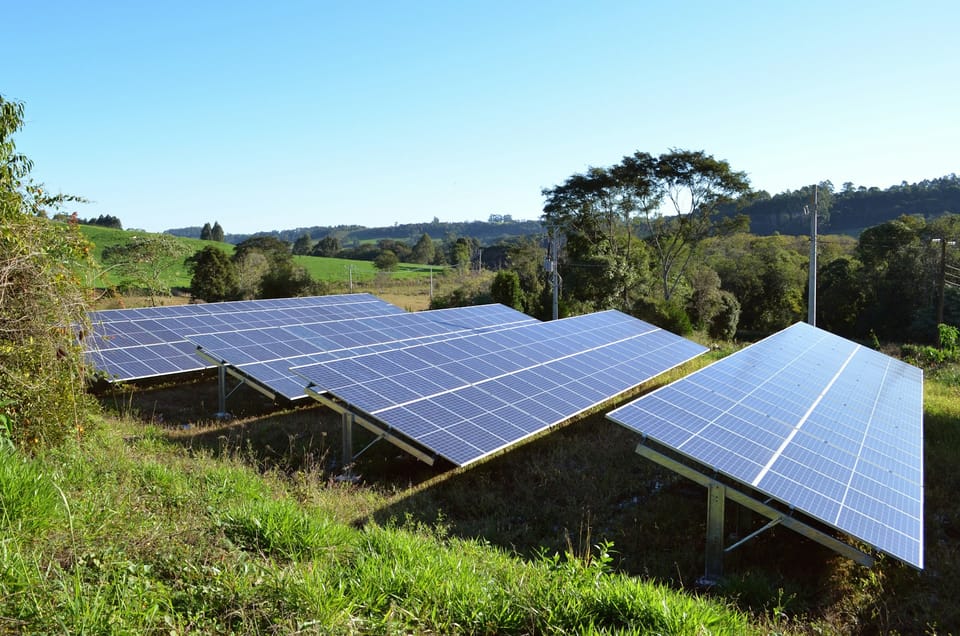The rise of ‘cloud kitchens’
Cloud kitchens, also known as ghost kitchens, are revolutionizing food delivery by eliminating dine-in spaces, lowering operational costs, and catering to online orders. 
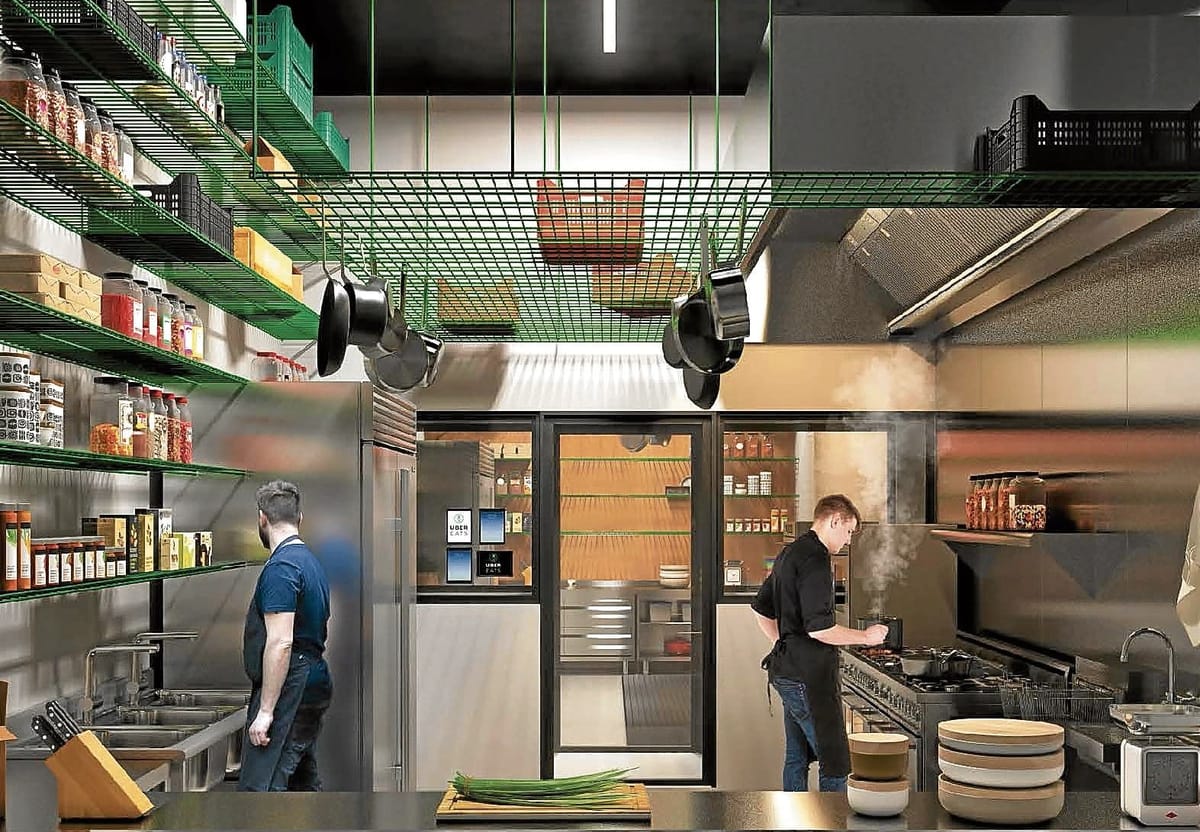
Amid the continued lockdowns, the need to stay at home, the implementation of social distancing protocols, and the reduced walk-in traffic in most retail and dining establishments, there comes hope for the struggling restaurant industry thanks to the rise of cloud kitchens.
What is a cloud kitchen?
Compared to regular restaurants, a cloud kitchen is a delivery-only restaurant without a physical dining space.
Amid the continued lockdowns, the need to stay at home, the implementation of social distancing protocols, and the reduced walk-in traffic in most retail and dining establishments, there comes hope for the struggling restaurant industry thanks to the rise of cloud kitchens.
The practical use of space by cloud kitchens makes them an attractive investment option for property developers.
What is a cloud kitchen?
Compared to regular restaurants, a cloud kitchen is a delivery-only restaurant without a physical dining space.
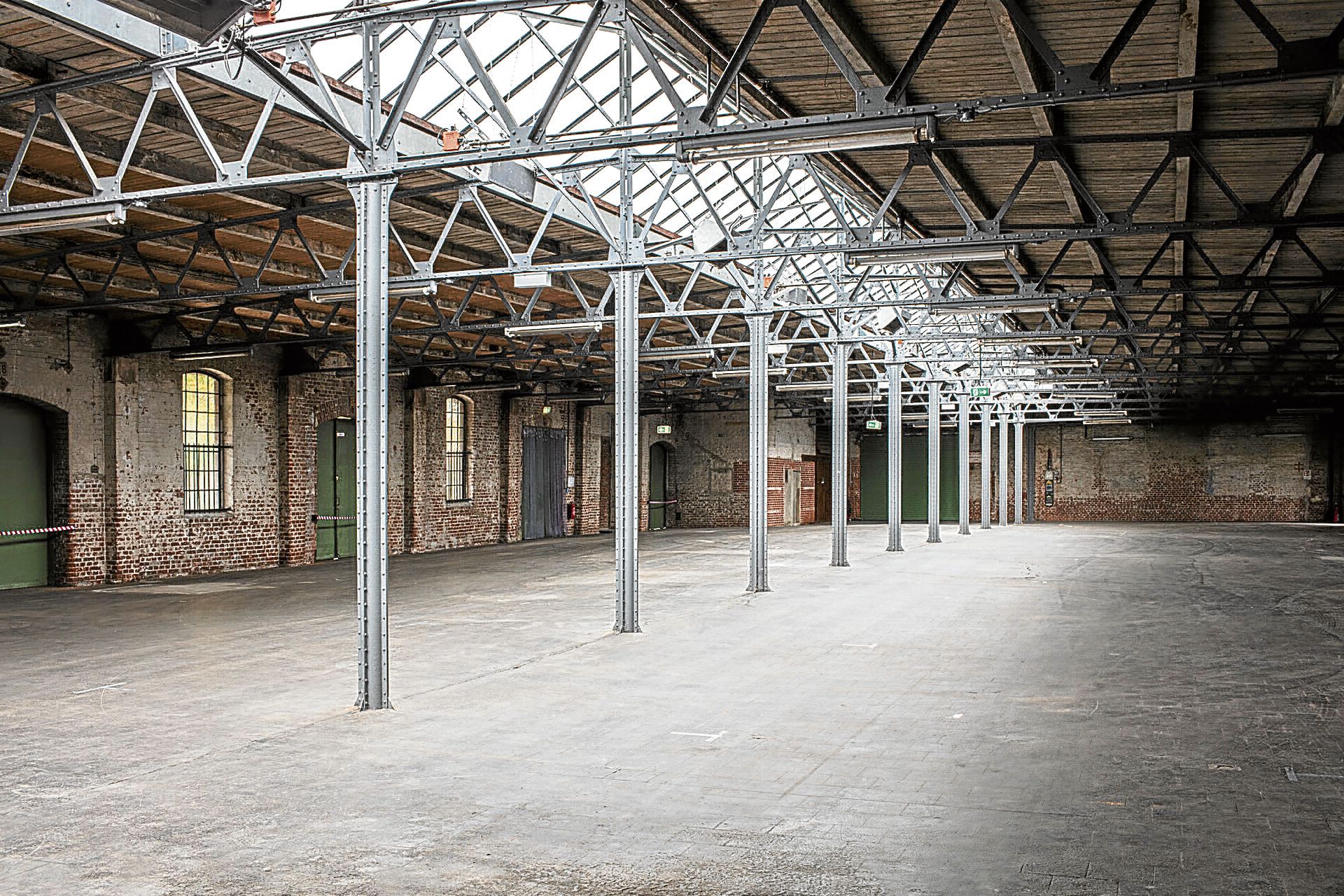
Cloud kitchens work by centralizing food production facilities, where food retailers can rent a space to exclusively prepare and cook the food for both delivery and takeout services. Customers connect to these services by ordering from the retailer’s online platforms or via a third-party delivery system. In the past, restaurants would receive a string of services from delivery agencies. The rise of cloud kitchens, however, created a drastic operational turnaround on how the restaurant industry works. Now, cloud kitchens directly supply services to delivery agencies.
What makes cloud kitchens appetizing?
Recent years have witnessed a spike in food deliveries. There was a continuing call to reimagine the dining experience from traditional, dine-in restaurants to restaurant-quality food from the convenience and comfort of their own homes. Although still in the experimental stages, cloud kitchens are currently playing a huge role in accelerating new trends in food deliveries.
Since cloud kitchens are, by default, socially distanced due to reduced site occupancy, they are potentially safer for both customers and employees. Although they discourage the tipping culture among restaurant employees, cloud kitchens compromise by generating new jobs such as delivery personnel. When located offsite, rental fees are even dramatically reduced. This could be a great advantage at a time when cash flow is limited.
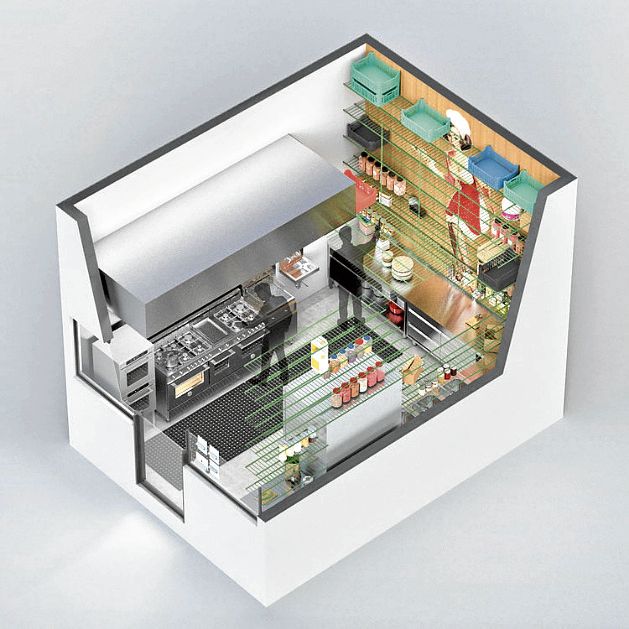
The practical use of space by cloud kitchens and their appeal to rising interests in food businesses make them an attractive investment option for property developers. In New York City alone, a brick-and-mortar restaurant can cost up to $1.5 million to set up, whereas a shared cloud kitchen facility housing dozens of food retailers can set you back for only $100,000.
Where can you find cloud kitchens?
Compared to physical restaurants, cloud kitchens need not be positioned in prime locations. They do not have any large seating capacity demand nor will they need an expensive interior makeover. The virtual nature of cloud kitchens makes them suitable in urban areas where real estate locations are just affordable.
By targeting properties such as unused parking lots, market backsides, pocket lots and abandoned buildings, among others, property developers may purchase or lease cheaper real estate without compromising on revenue. Provided that candidate spots would have to consider immediate access to major roads, easy routes to “enough hungry” customers are more favored than road visibility.

Existing restaurants and dining spaces can also be transformed to work like cloud kitchens. As such, many cloud kitchen operators seem to prefer existing locations such as food factories, industrial canteens and shophouses where cooking and other forms of food preparation are allowed.
Design-wise, are cloud kitchens any different?
As ambiance and customer experience form a big part of restaurateur reputation, physical restaurants tend to be heavily themed. Aside from interior decorations, they also require adequate numbers of parking spaces. These factors can be costly when prices of premium real estate are high.
Cloud kitchens meanwhile tend to look more commercial as multiple restaurants or “tenants” work within a single facility. Aside from cutting costs, this calls for minimal and convenient arrangements between upcoming and outgoing occupants. They share the same pickup station, cold storage rooms, staff shower rooms, clinics, co-working spaces, and other amenities. Cloud kitchen planning and layout also follow a streamlined approach.

In contrast, geophysical restrained restaurants need more visual porosity, customized signages, furniture, decor, and other added curb appeals.
Thanks to technology, the world is bound to see a more advanced prototype of cloud kitchens with managed fleet deliveries and kitchen automation on the rise. Cloud kitchens are expected to adapt quickly to new technologies, further increasing their edge against traditional restaurants.
How do cloud kitchens get licensed?
While food production is a largely regulated industry by local health departments, the cloud kitchen is uncharted territory and may leave most people confused. Regulators may impose new and unexpected requirements or adopt outdated licensing processes. Either way, one thing is for sure, everyone will always want to see that food is safely stored, handled, prepared, and distributed. This is a great reason why Hazard Analysis Critical Control Point (HACCP) or other production plans may be required.
The new normal of cloud kitchens
By 2023, the global online food delivery market is expected to reach $137.6 billion. As ongoing quarantine protocols advise people to stay at home, cloud kitchens provide an opportunity for the food industry to redefine its business models in a way relevant to global trends and events.

At a time when a society that mostly exists and operates online remains to be a possibility, cloud kitchens can raise an unexpected shift in how people dine and socialize online.





